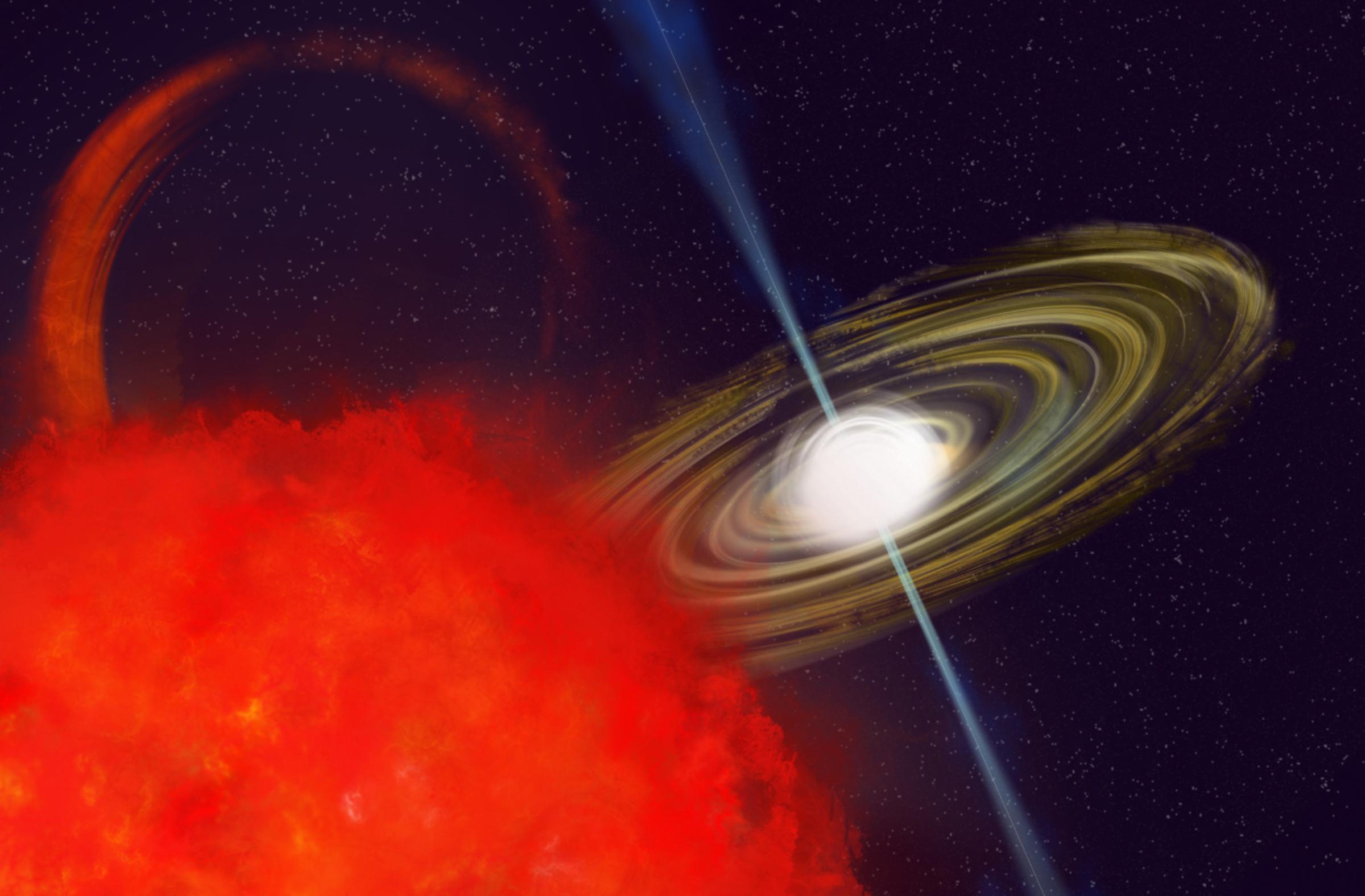

In the past week, NuSTAR participated in a large multi-instrument and multi-wavelength campaign targeting the Long-Period Radio Transient (LPT), CHIME J1634+44 during a bright state. LPTs are a mysterious class of new sources with periods ranging from tens of seconds to hours. LPTs could come from a variety of sources, like magnetic white dwarfs or neutron stars, but the origin of the radio emission is still unknown. Uncovering the origin of LPTs could open up a new window to exploring the evolution of these compact objects, as LPT pose significant theoretical challenges to be explained fully by either model. A major breakthrough was the discovery of pulsed X-ray emission from an LPT, ASKAP J1832-0911. This opened up the potential power of using detailed X-ray studies of these sources, when they were in a bright state, to help distinguish the origin of the emission. After receiving a notice of brightening of CHIME J1634+44, observations by NuSTAR, along with NASA’s Chandra and Gehrels-Swift observatories and the Very Large Array radio telescopes, were triggered, hoping to detect high-energy X-ray emission from an LPT for the first time. Analysis of this multi-wavelength search for short X-ray and radio bursts during these observations is underway.
Author: Matthew Lundy (Postdoctoral Scholar, Columbia Astrophysics Laboratory)